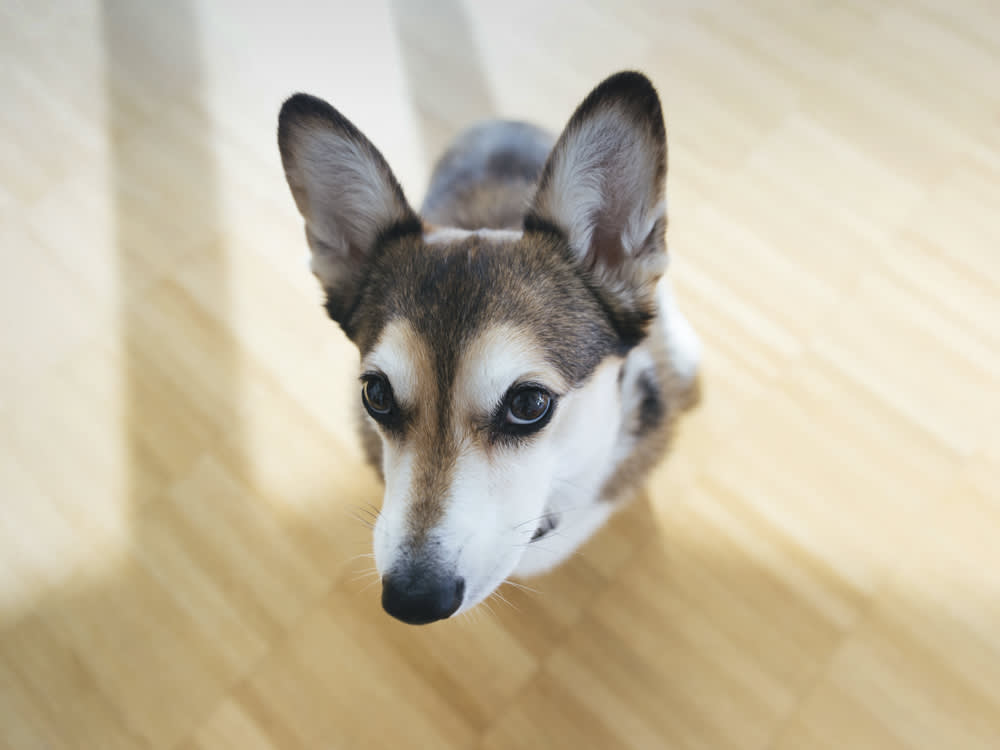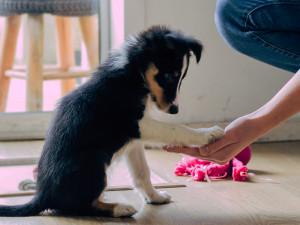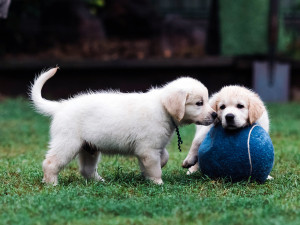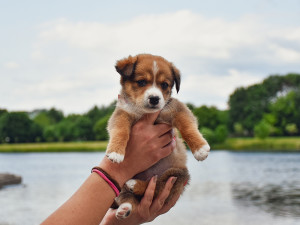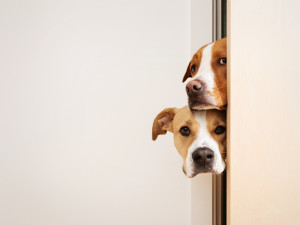Your New Dog is Scared of You. Now What?
Five ways to warm a skittish dog to you
If you adopted a rescue dog from a traumatic situation, you may be dealing with a pup who is skittish and/or fearful. Perhaps they endured abuse in the past or were homeless and had to rely on themselves. Whatever the situation, some rescue dogs (not all, mind you) can be wary of humans at first and need time to earn their trust. The good news is you can bond with your new pup if you’re patient and allow your dog to go at their own pace. As your dog becomes less fearful and more confident, they will be more willing to engage with you – trust me.
1. Give them amazing treats
The purpose of the treats is to get a skittish dog to associate you with positive emotions, and the better the treats are, the easier that is. Experiment with a few kinds to see which are most appealing to them.
2. Encourage them to play with toys
Some dogs really love toys, and opportunities to play with them can open pups up to joy and fun after they’ve had rough times in their lives. Other fearful dogs who have suffered are too preoccupied with the basics of food, water and safety to act playfully. Try calmly offering a few different types of toys and see if they’re interested.
Understand that whilst they may not be interested now, that could change as they get more comfortable and relaxed. If they don’t take to toys right away, don’t give up – try again in the future. There is arguably nothing more rewarding and heartwarming than witnessing a rescue dog’s ‘aha!’ moment and seeing them play with a toy for the first time.
3. Keep ’em moving
Some dogs do better with activity and motion than with the inherent tension of everyone standing still. Keep moving (try walking in big, broad circles), and let them follow you and your other dogs if you have them. Allow your dog to accompany you – or not – without paying any particular attention to them. This creates a low-pressure situation for many dogs, who will often join the movement of the group.
4. Stay calm
Speak in a soothing voice and avoid staring at your dog. Don’t wear a hat or backpack or carry things when they’re around and let them approach you rather than you going to them. Turn a little to the side or crouch down, which will make you less intimidating. Be predictable: if your dog knows what’s coming, they’ll be better able to handle it. Fearful dogs, including those who have not had a lot of interaction with people, do not like surprises. They’ll let you know how close they want you to be.
5. Be patient
Early experiences – a factor that is beyond your control – may limit a skittish dog’s capacity to interact. Continue to accept them for who they are as an individual, respecting their limits and their timeline rather than pushing them to be like most dogs. Be patient and gentle. Eventually, your dog’s trust in you will grow and their fear will diminish.
If you’ve tried all of the above and still aren’t seeing progress after a few months, consider hiring a professional dog behaviourist to lend a helping hand. Been there, done that? Then talk to your veterinarian about anti-anxiety medication – but only as a last resort to help smooth the transition for your pup.
